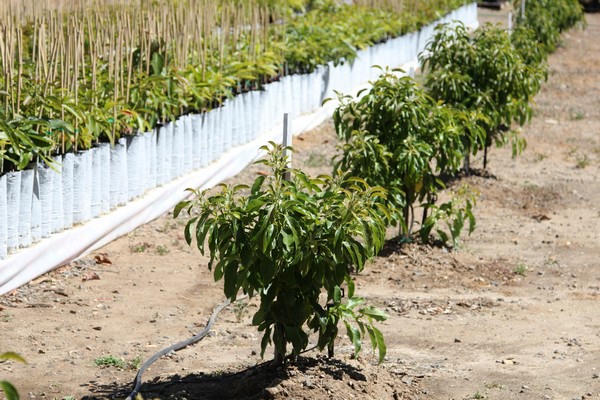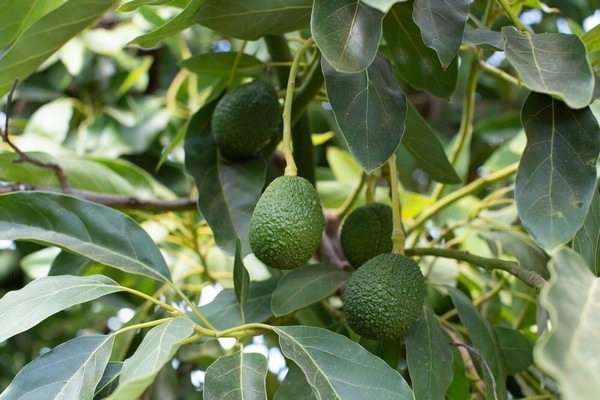Following a strong California avocado season with some volume still available out of the northern shipping districts, the 2020 crop is expected to reach just over 373 million lbs. of avocados—up from 216.6 million lbs. the season prior. This year’s crop has met with equally strong demand, even with the challenges of the pandemic. Here is a look ahead at what the California Avocado Commission (CAC) expects with next season’s crop.
 Young avocado trees in California. Photo: California Avocado Commission
Young avocado trees in California. Photo: California Avocado Commission
While 2020-2021 is an alternate-bearing season for California avocados, a pattern that tends to see lighter production, Jan DeLyser, vice-president of marketing for CAC notes there was very good bloom and set in the spring. “About eight percent of California avocado producing acres are new and young trees, so we anticipate continued growth in production,” she says. “The Commission’s very preliminary forecast for next season’s California avocado volume is an average size crop with a pre-season estimate of 330 million pounds.” She says the Commission looks forward to a year with promotable volume of the fruit and will work on building customized support plans for targeted retailers and foodservice operators.
This optimistic outlook follows a challenging year for California as a state, which, along with the pandemic, saw wildfires and subsequent smoke affect parts of California. “The wildfires have been devastating to many regions, businesses and people throughout the state,” says DeLyser. “California avocado growing areas, for the most part, were not impacted directly by these fires.” That said, some growers continue to recover from the wildfires in prior years.
Still determining damage
Heat and drought have been factors throughout California in recent years. “Avocados are susceptible to prolonged heatwaves and sudden extreme temperature spikes,” says DeLyser, noting around Labor Day, there was a lengthy heatwave in California avocado growing areas and that growers and the Commission will continue to assess the impact. “At this point any damage seems to be limited,” she says.
 Photo: California Avocado Commission
Photo: California Avocado Commission
Contending with challenging weather events is something the industry has been forced to do in recent years. “In 2018, there was a sudden increase in temperatures reaching over 110 degrees °F in some growing areas. That event coupled with high winds and some fire damage contributed to the smaller crop in 2019,” says DeLyser. “Those weather events were followed by generous rains in 2019 that were beneficial to the overall health of the trees, resulting in a larger crop this season.”
For more information:
Marji Morrow
California Avocado Commission
Tel: +1 (323) 456-6751
mmorrow@avocado.org
www.CaliforniaAvocado.com
